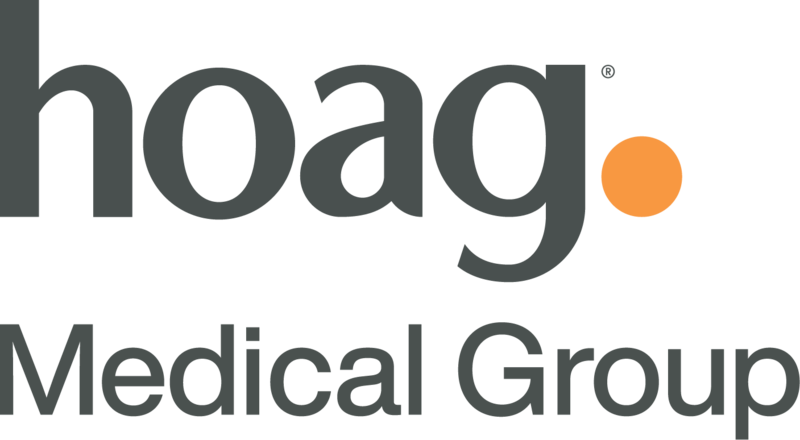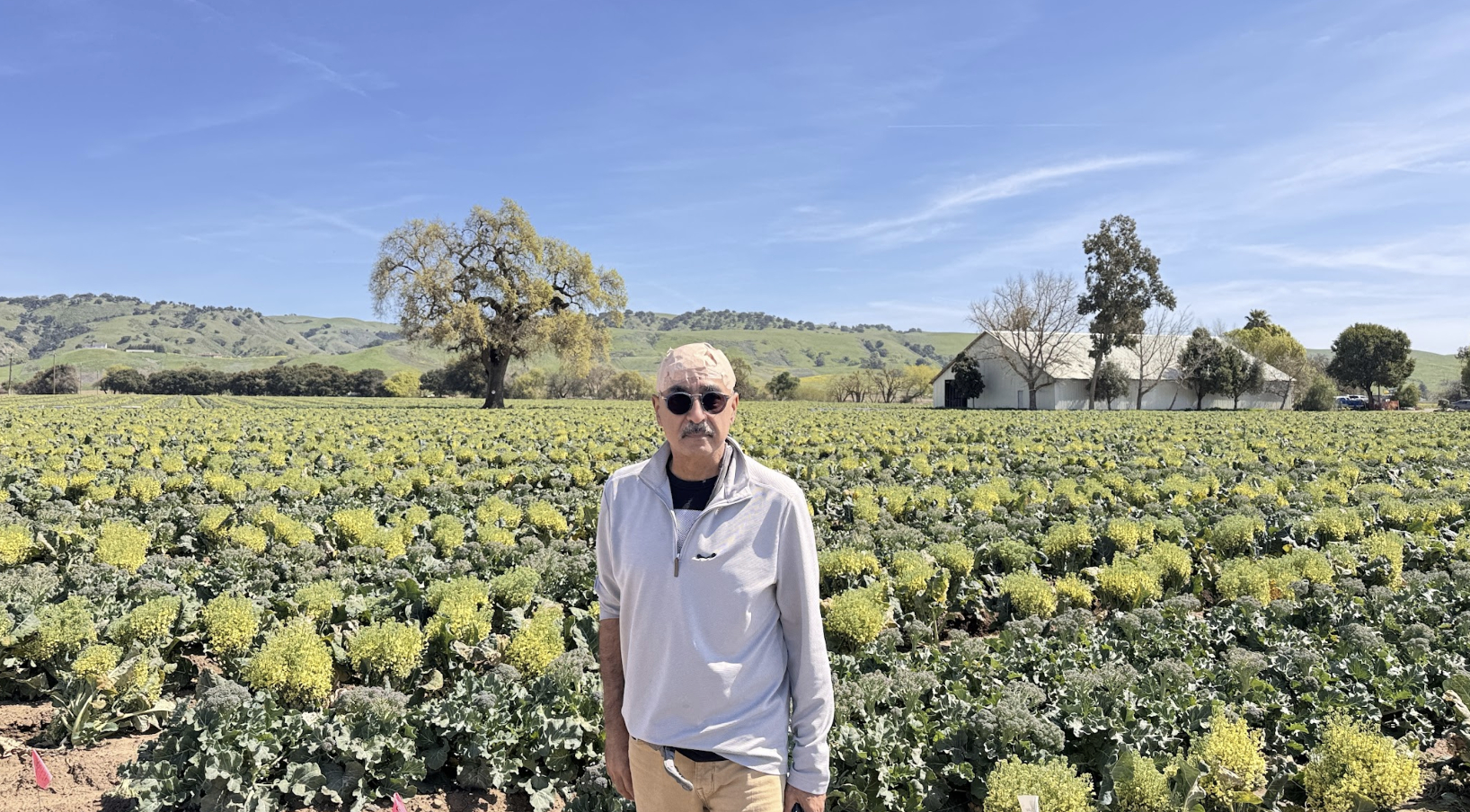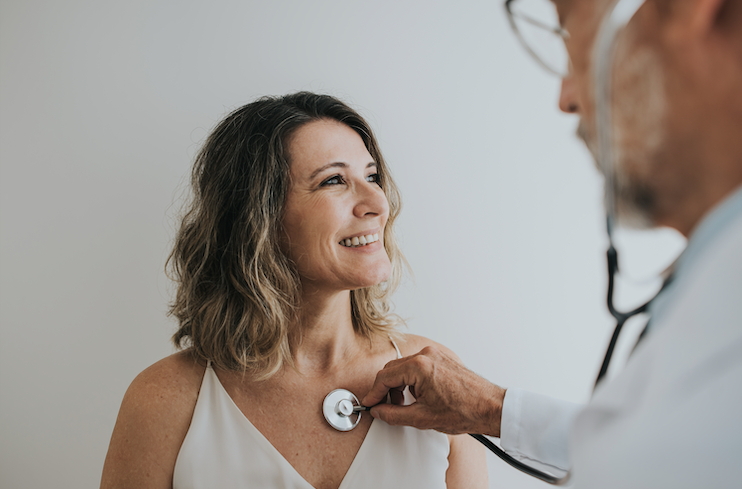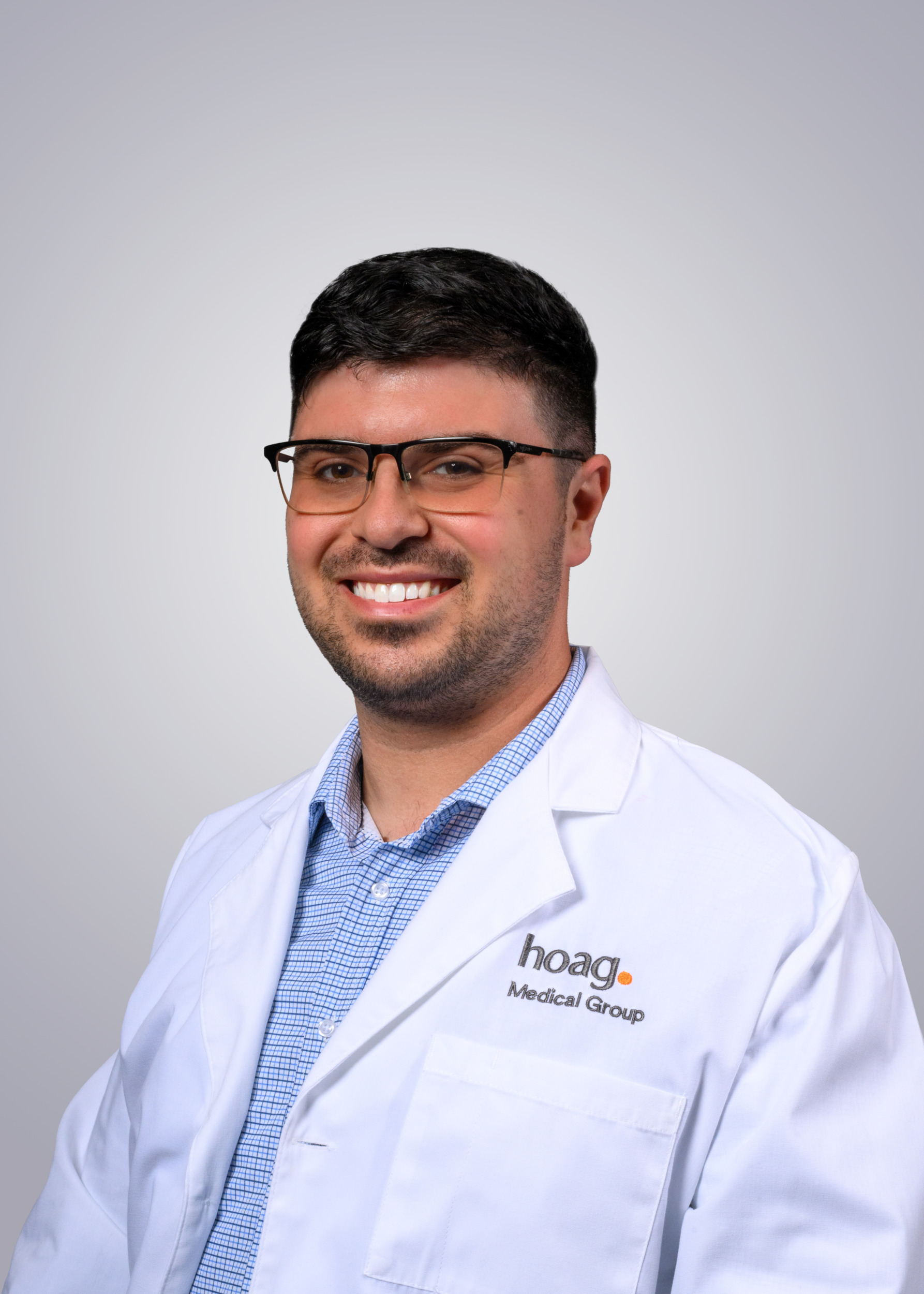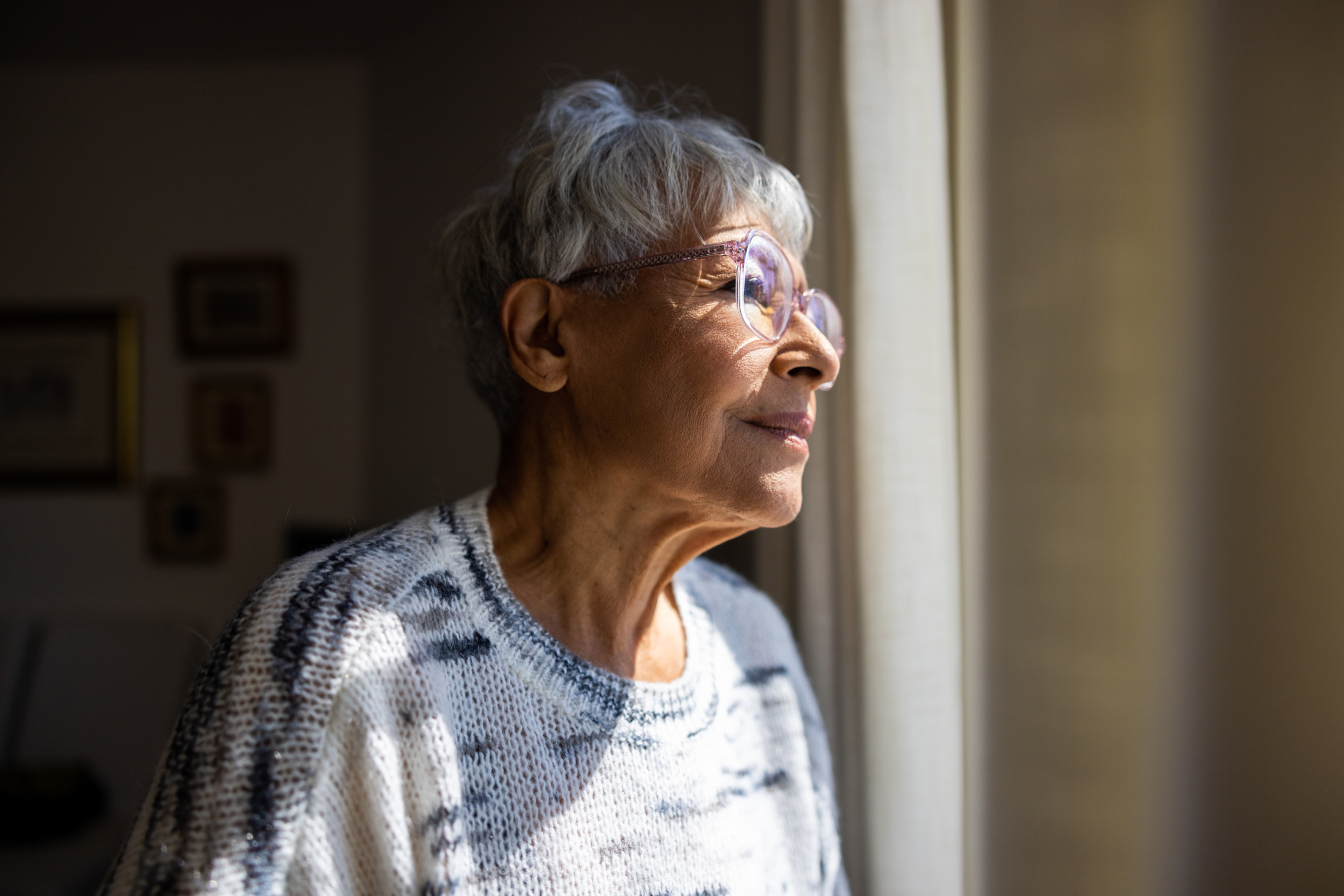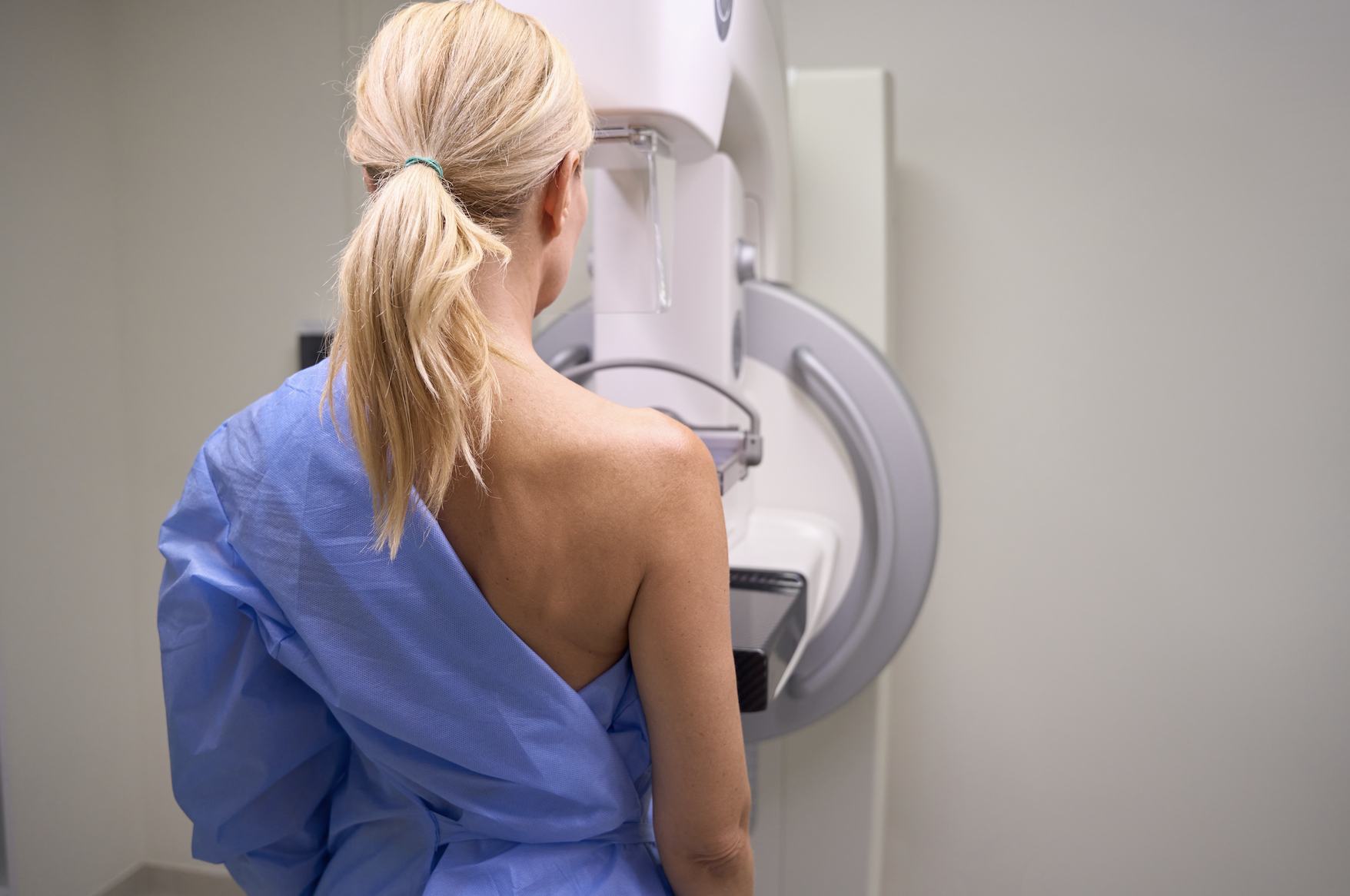
The most important thing you should know about annual screening mammograms is this: Get yours.
“Mammograms save lives,” says January Lopez, MD, a fellowship-trained breast imaging specialist, board-certified diagnostic radiologist and medical director of Breast Imaging at Hoag Breast Centers. “The earlier breast cancer is detected, the better the prognosis, and detection begins with mammography.”
As the highest-volume breast cancer provider in California, Hoag screens more than 55,000 women a year at its many imaging centers across Orange County. Scheduling is easy, convenient—and also available online.
“Scheduling that first mammography appointment is sometimes daunting for women,” Dr. Lopez acknowledges. “Choosing a center that approaches care with both expertise and compassion is important.”
Here, Dr. Lopez answers common questions about breast cancer screening:
Why Is Screening Important?
“Breast cancer deaths dropped dramatically after annual screening mammograms became standard of care in 1989, a decrease of 44% from 1989 to 2022—or nearly 518,000 fewer deaths,” Dr. Lopez says. “Breast cancer is most treatable when it is caught early, and the most effective way to catch breast cancer early is through screening.”
When Should I Start Breast Cancer Screening?
Current guidelines recommend that women at average risk begin breast cancer screening at the age of 40 and get screened every year, Dr. Lopez says. For women with a higher risk of developing breast cancer, such as women who have a strong family history of the disease, physicians may recommend beginning screening earlier and/or screening more frequently than once a year.
What About Women with Dense Breasts?
“While screening mammograms are appropriate and highly recommended for all average-risk women aged 40 and over, women with breast implants or dense breast tissue might also require additional screening options to see as much breast tissue as possible,” Dr. Lopez says.
What Are Different Breast Screening Options?
Additional screening options are available to complement traditional mammography, which remains the gold standard of breast health screening, Dr. Lopez says. They include:
- Breast Ultrasound: High frequency sound waves create images of the breast, which can be used with mammograms for women with dense breasts and women with breast implants.
- Breast Tomosynthesis, or 3D Mammography: Capturing 15 digital projection images as it arcs over the breast, this quick scan reconstructs images together digitally into a series of high-resolution thin slices that can visualize breast cancer more clearly through breast tissue.
- Breast MRI: By looking at the magnetic properties of tissue, this radiation-free technology produces high-resolution 3D images evaluating the blood flow pattern of the breast that serve as a powerful complement to mammography.
- AI-assisted technology: Hoag is the leader and early adopter in the use of AI software to improve imaging technology and elevate breast cancer care. AI augments the expertise of our fellowship-trained, dedicated breast radiologists resulting in improved detection, reduced false positives, and fewer additional imaging or unnecessary procedures. This is provided at no additional cost to patients.
“Hoag’s team is among the most skilled in the nation at using and interpreting images from these highly advanced tools,” Dr. Lopez says.
Are There Risks Associated with Mammograms?
Every medical procedure comes with risk. When it comes to mammography, Dr. Lopez says, the potential benefits far outweigh the potential risks, which may include false positive results and exposure to a small dose of ionizing radiation during the procedure.
“We all are exposed to ionizing radiation every day from the natural environment, and while it is important to avoid additional exposures whenever possible, mammography represents a very small amount of radiation exposure,” Dr. Lopez says. “When it comes to detecting cancer early and saving lives, annual mammography is the most important tool you have.”


